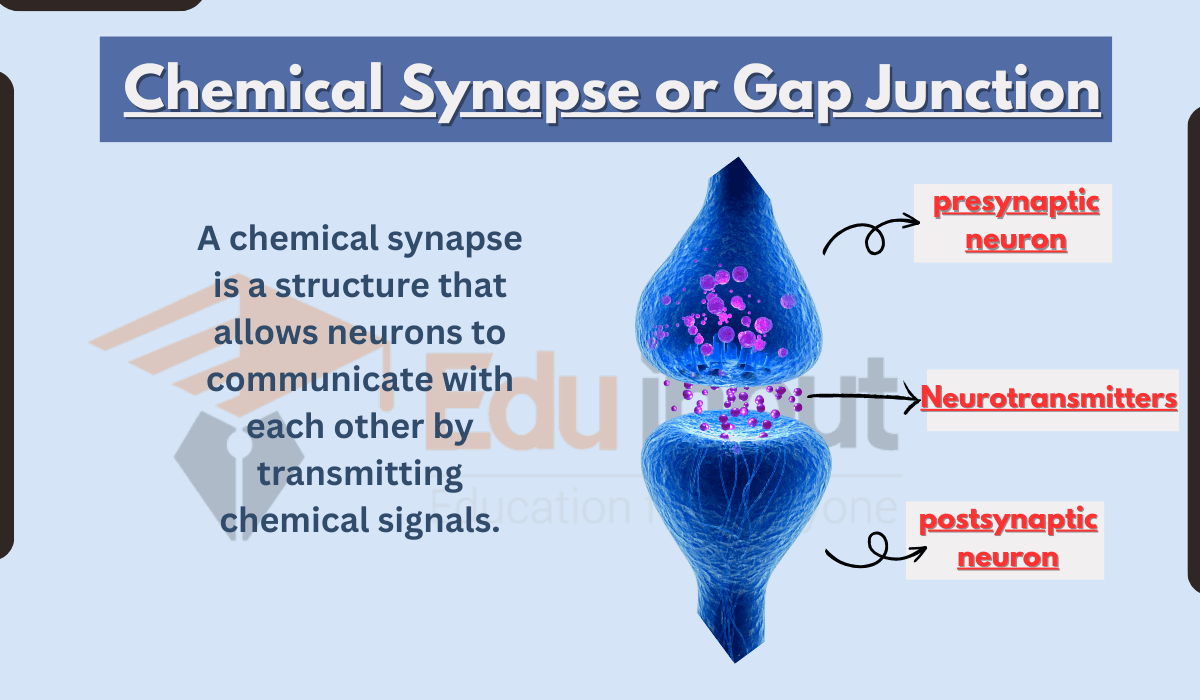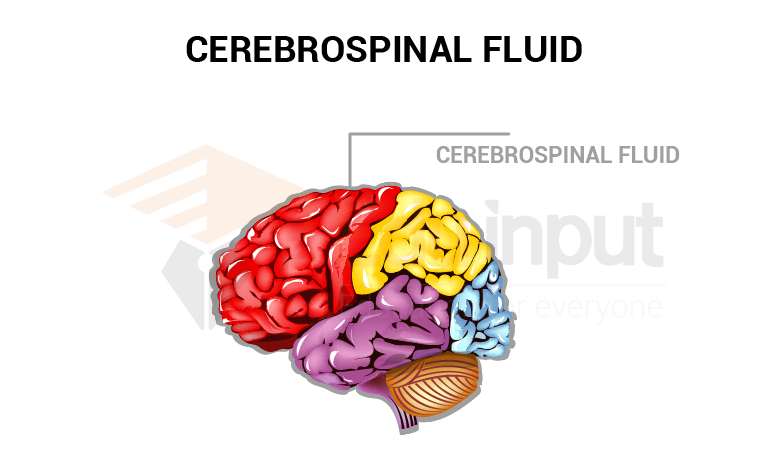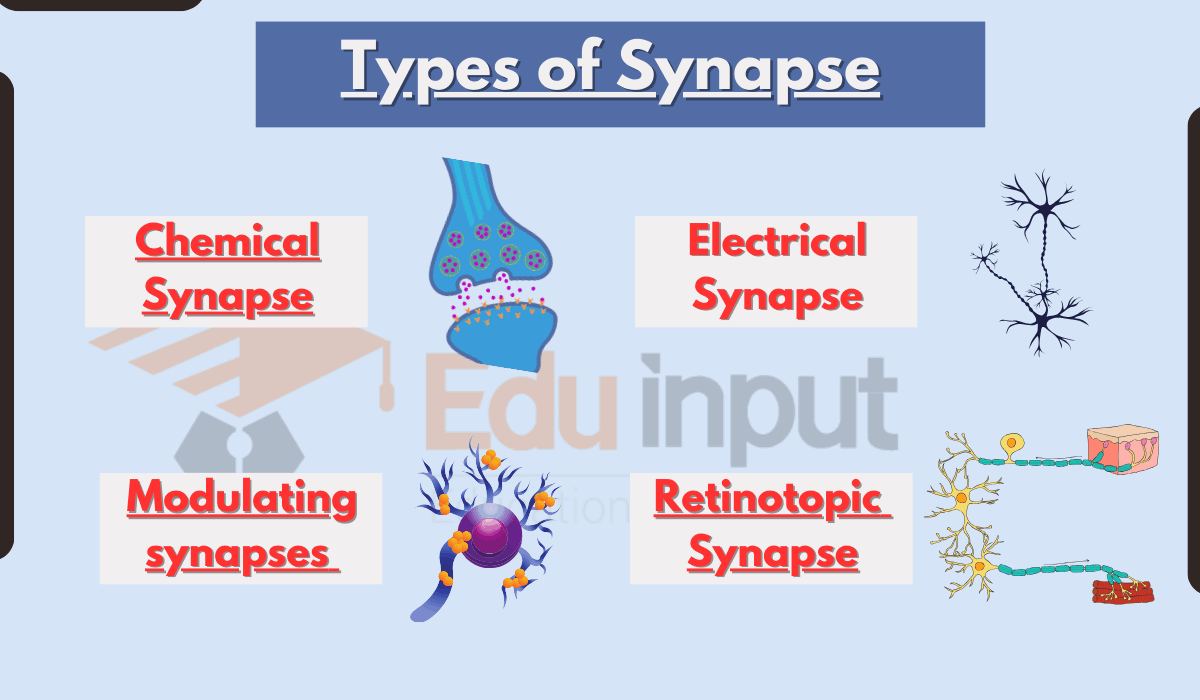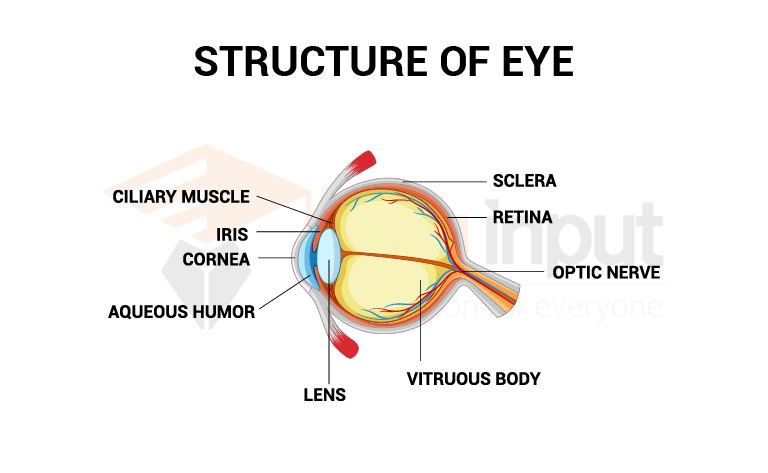Action Potential of Neuron
Action membrane potential is like a rollercoaster ride for your cells. It all starts with a change in the voltage across the cell membrane. This, in turn, determines the ratio of ions, both inside and outside the cell. The more permeable the cell is to a particular ion, the greater its influence on the voltage.
Action Membrane Potential
Potential (nerve impulse) the transmission of an action potential takes place by a wave of depolarization and repolarization.
1. Depolarization
The loss in membrane polarity is called depolarization. The nerve impulse is conducted by a change in electrical potential. A stimulus of minimum intensity that can initiate an impulse is called a threshold stimulus. A threshold stimulus is applied to the membrane.
The permeability to Na ions increases at that point. Na ions flow inside the membrane. The potential changes from -70mv toward 0. It causes depolarization. The depolarization reaches a certain level. Special Na channels (voltage-gated) are sensitive to changes in membrane potential.
Thus they quickly open. So more Na+ ions rush inside of the neuron.

2. Repolarization
The rebuilding of the positive charge outside is called repolarization. Shortly, After this Na gates close. Now voltage gate of K+ channels is opened. K ions rapidly diffuse outward. It again develops a positive charge outside the cell. Therefore, the membrane becomes repolarized.
A similar cycle is repeated in an adjacent region of the membrane. The wave of depolarization moves down the axon. Thus the action potential travels forward.
3. Hyperpolarization
Hyperpolarization is the state of a neuron in which a more negative charge is developed inside the membrane is called hyperpolarization. There is an interval of time after each action potential.
A large number of K+ ions rushed out during this time interval thus more negative ions developed inside(more negative than -70 mv), therefore, the membrane becomes hyperpolarized.
More action potential cannot occur during this interval of time. The brief period where a neuron cannot fire again is called the refractory period. During this time, the neuron’s resting potential is restored.
Afterward, the neuron is repolarized and can transmit another impulse. A minimum stimulus (threshold) is necessary to initiate an action potential, but increasing stimulus intensity will not increase the strength of the action potential.
The all-or-none law states that an axon will either “fire” at full power or not at all.
Also learn about:
Related FAQs
What is Action Membrane Potential?
A sequence of rapid changes in membrane voltage is called Action Membrane Potential.
What are the steps of Action Membrane Potential?
Action Membrane Potential involves the following steps:
Depolarization
Repolarization
Hyperpolarization
What are Depolarization and Repolarization?
The loss in membrane polarity is called depolarization While the rebuilding of the positive charge outside is called repolarization.

 written by
written by 





Leave a Reply